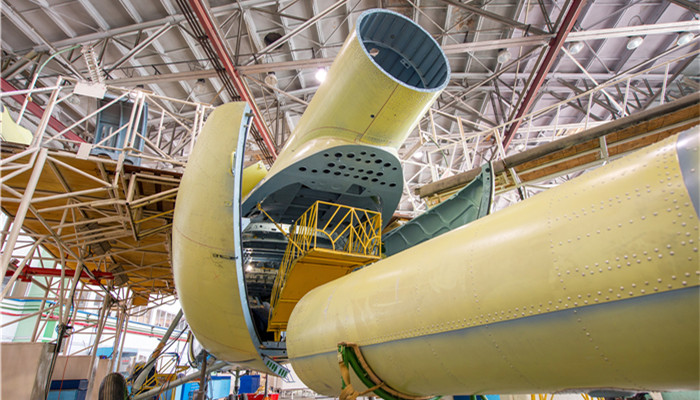
Al2O3/SiC composite ceramics have excellent performance and broad future application prospects
Al2O3/SiC composite ceramic refers to a composite material that is compounded by introducing nano-SiC dispersed phase into Al2O3-based ceramic materials. Compared with alumina (Al2O3) ceramics, Al2O3/SiC composite ceramics have better properties, such as good thermal shock resistance, excellent high-temperature mechanical properties, and excellent superplasticity.
Alumina ceramics are the basic material for manufacturing high-performance ceramic parts. Its downstream applications involve medical devices, aerospace, military, energy, electronics, petrochemicals, environmental engineering, sanitary ceramics and other fields. However, alumina ceramics have problems such as low mechanical properties, poor thermal shock resistance, low toughness, and easy brittle fracture. In order to expand the application field and improve the performance of alumina ceramics, it has become the focus of market research and development, and Al2O3/SiC composite ceramics came into being.
Al2O3/SiC composite ceramics is one of the research frontiers in the field of advanced materials. Due to limitations in technology and R&D capabilities, there is still a certain gap in my country’s research on Al2O3/SiC composite ceramic materials compared with developed countries such as Europe and the United States. However, driven by the strong support of national policies and the continuous advancement of science and technology, my country will occupy a place in the field of Al2O3/SiC composite ceramics.
According to the “2022-2027 China Al2O3/SiC Composite Ceramics Industry Market In-depth Research and Development Prospects Forecast Report released by the Industrial Research Center It shows that Al2O3/SiC composite ceramics have excellent properties and can be used to prepare ceramic tools, ceramic cores, composite separation membranes, high-temperature ceramic coatings, high-temperature-resistant materials, etc., in aerospace, radar antennas, chemical industry, high-temperature flue gas treatment, harshness It has broad application prospects in water treatment and other fields. my country’s Al2O3/SiC composite ceramic R&D institutions include Wuhan University of Technology, Shanghai Ceramics Research Institute, etc.
The performance of Al2O3/SiC composite ceramics mainly depends on the microstructure formed during the sintering process. Currently, the sintering processes of Al2O3/SiC composite ceramics include hot press sintering process, pressureless sintering process, discharge plasma sintering process, microwave sintering process, etc. Spark plasma sintering is a new material preparation technology. Through the instantaneous generation of discharge plasma, the particles inside the sintered body are uniformly self-heated and the particle surface is activated, thereby obtaining uniform, fine, and excellent Al2O3/SiC composite ceramic materials.
Ceramic powder determines the microstructure of ceramics and is the prerequisite for preparing high-performance ceramics. At present, the preparation methods of Al2O3/SiC composite ceramic powder include heterogeneous precipitation method, sol-gel method, high-energy mechanical ball milling method, in-situ carbothermal reduction method, etc. Among them, the in-situ carbothermal reduction method is a low-cost method for preparing high-performance Al2O3 /SiC composite ceramic powder new approach.
Industry analysts said that Al2O3/SiC composite ceramics have improved the performance of the matrix material Al2O3 ceramics, and its application scenarios are wider. Al2O3/SiC composite ceramics are one of the research frontiers in the field of advanced materials. With the continuous deepening of research, Al2O3/SiC composite ceramics have achieved certain breakthroughs in powder preparation, sintering process, application expansion, etc. my country’s Al2O3/SiC composite ceramic materials The research started late, but the gap with the international advanced level is gradually narrowing.

 微信扫一扫打赏
微信扫一扫打赏

